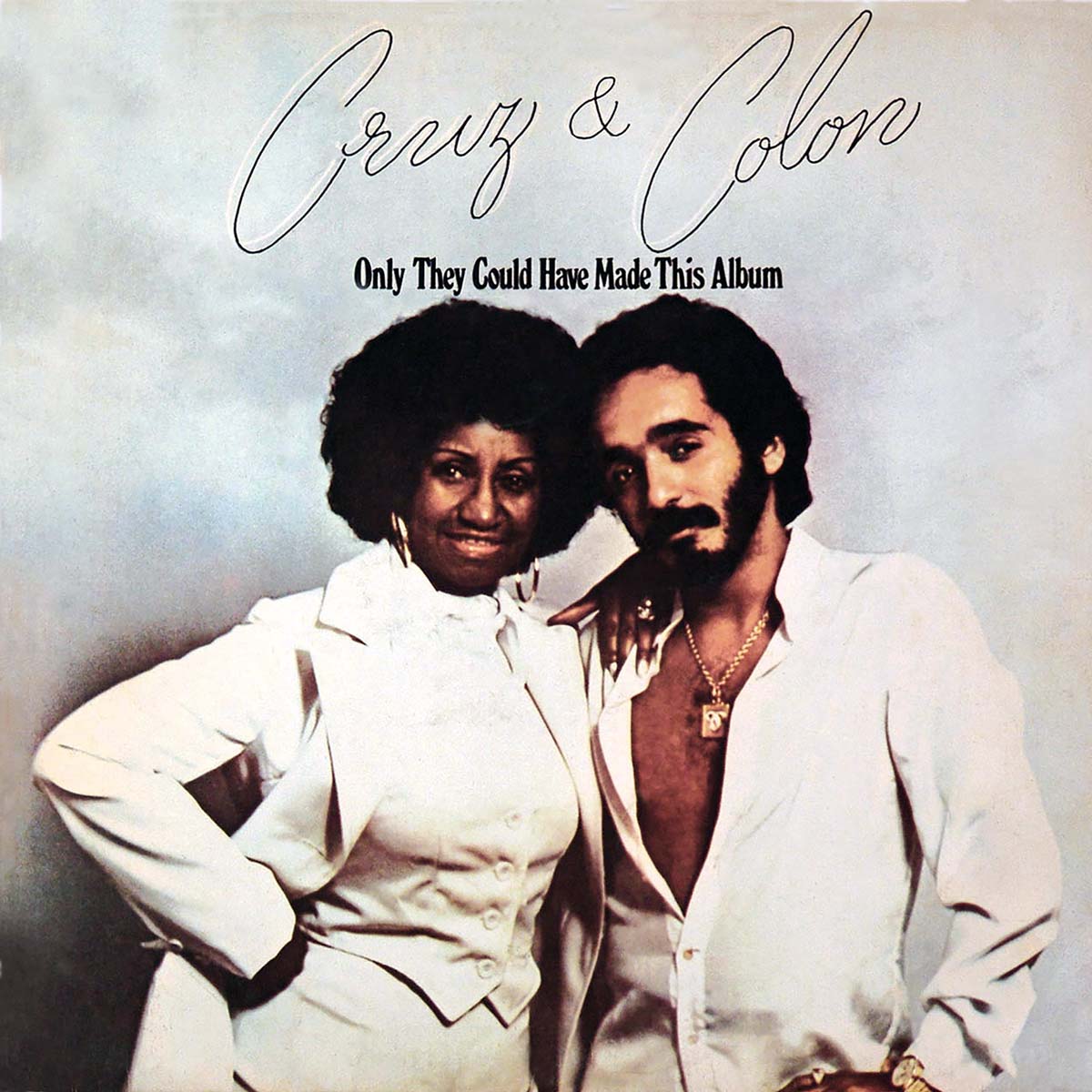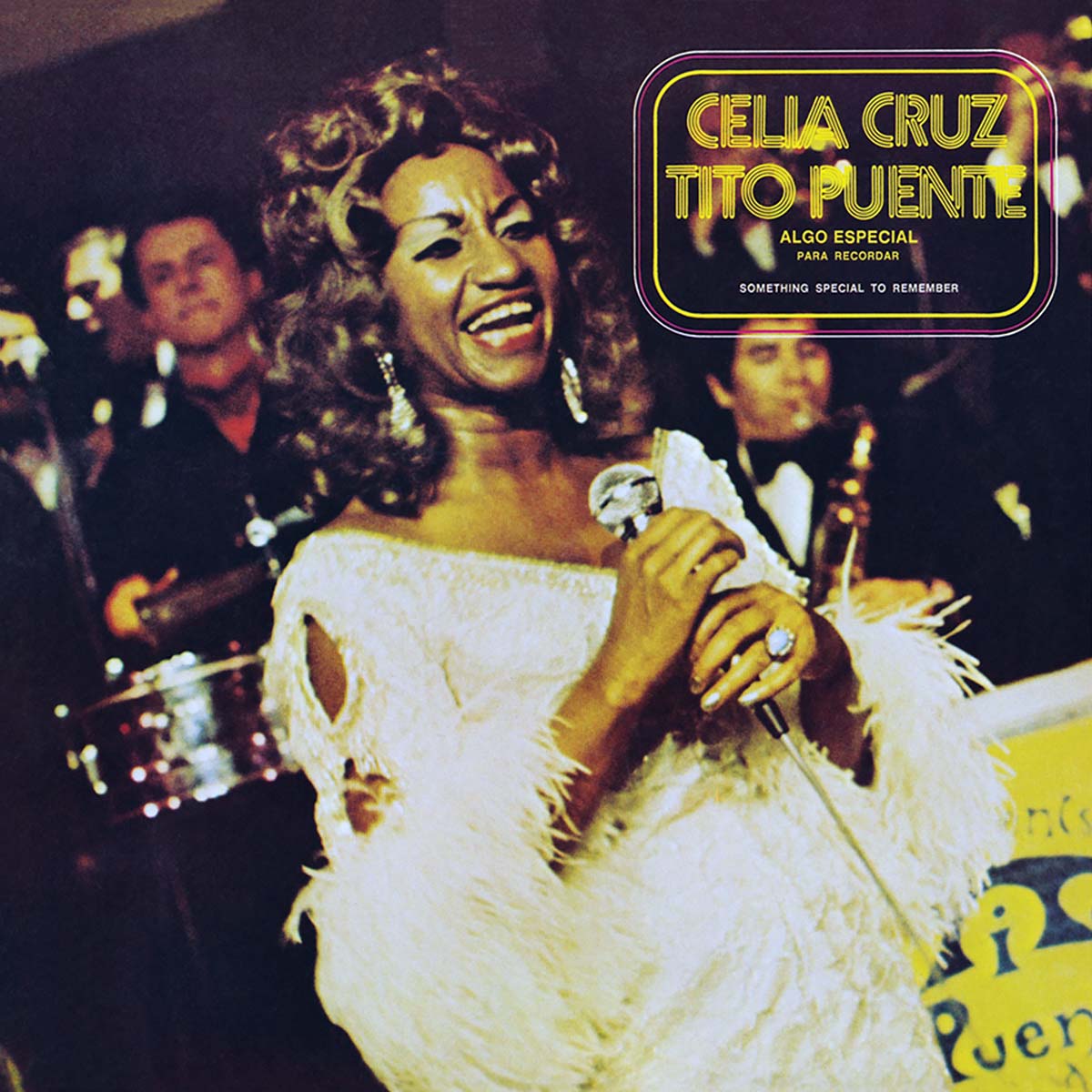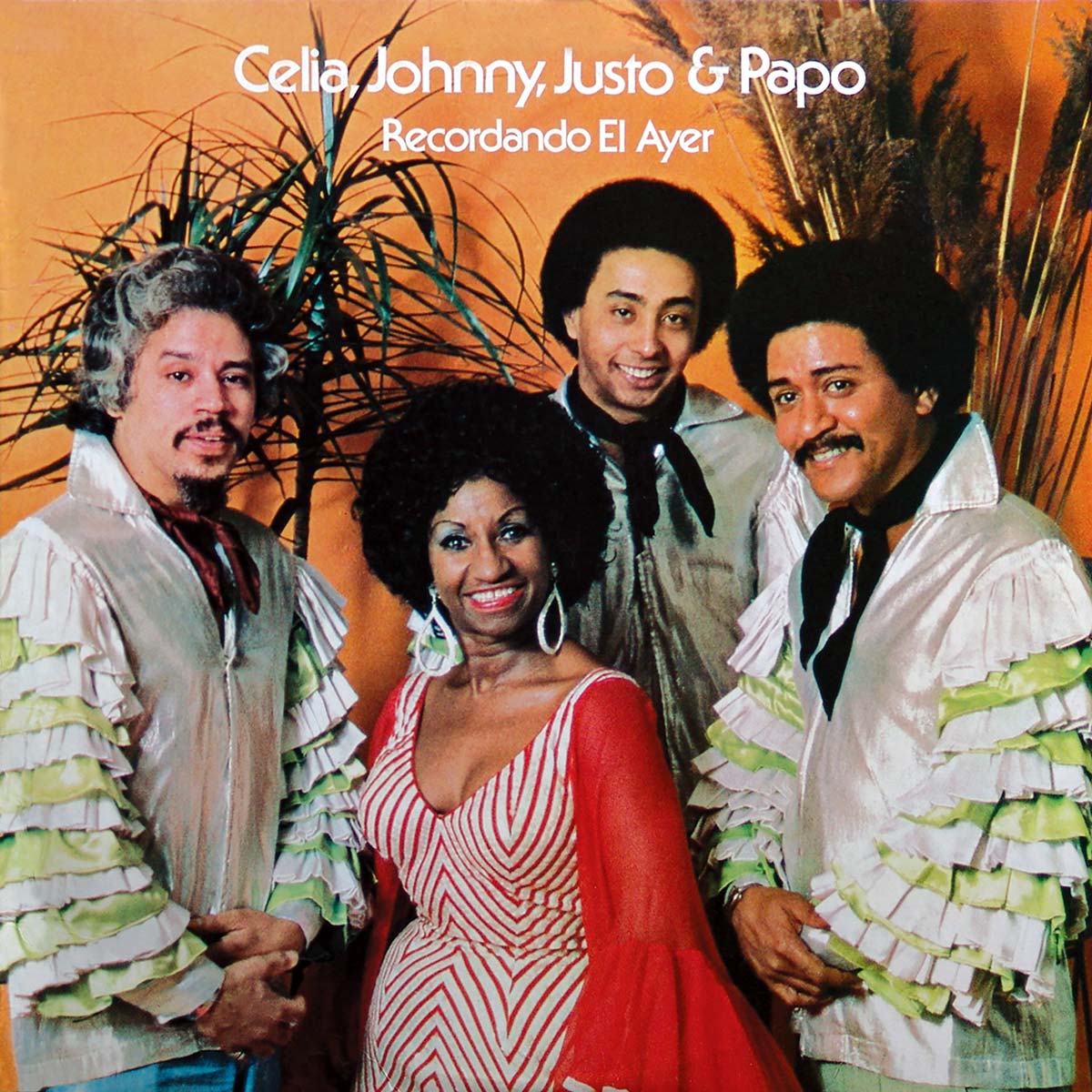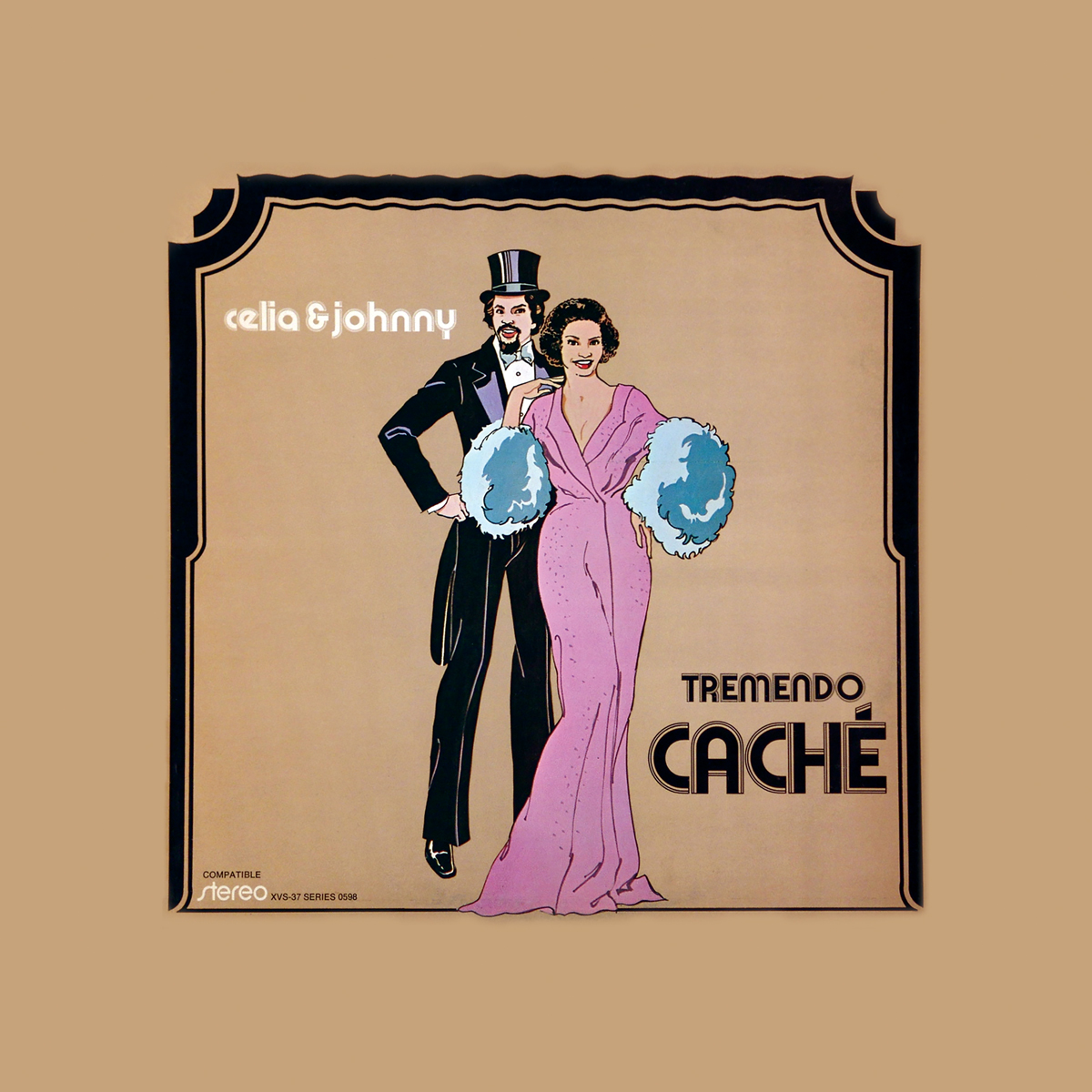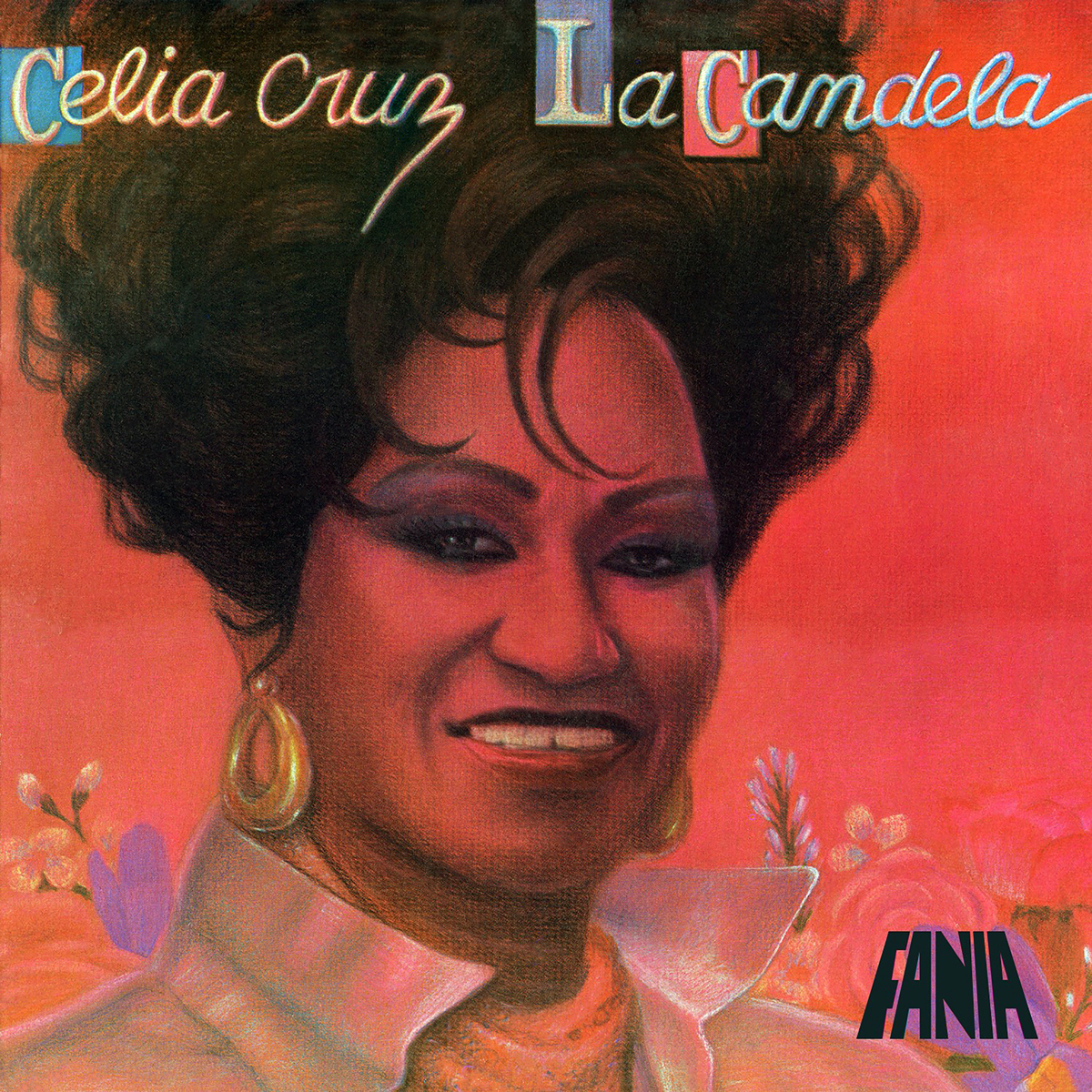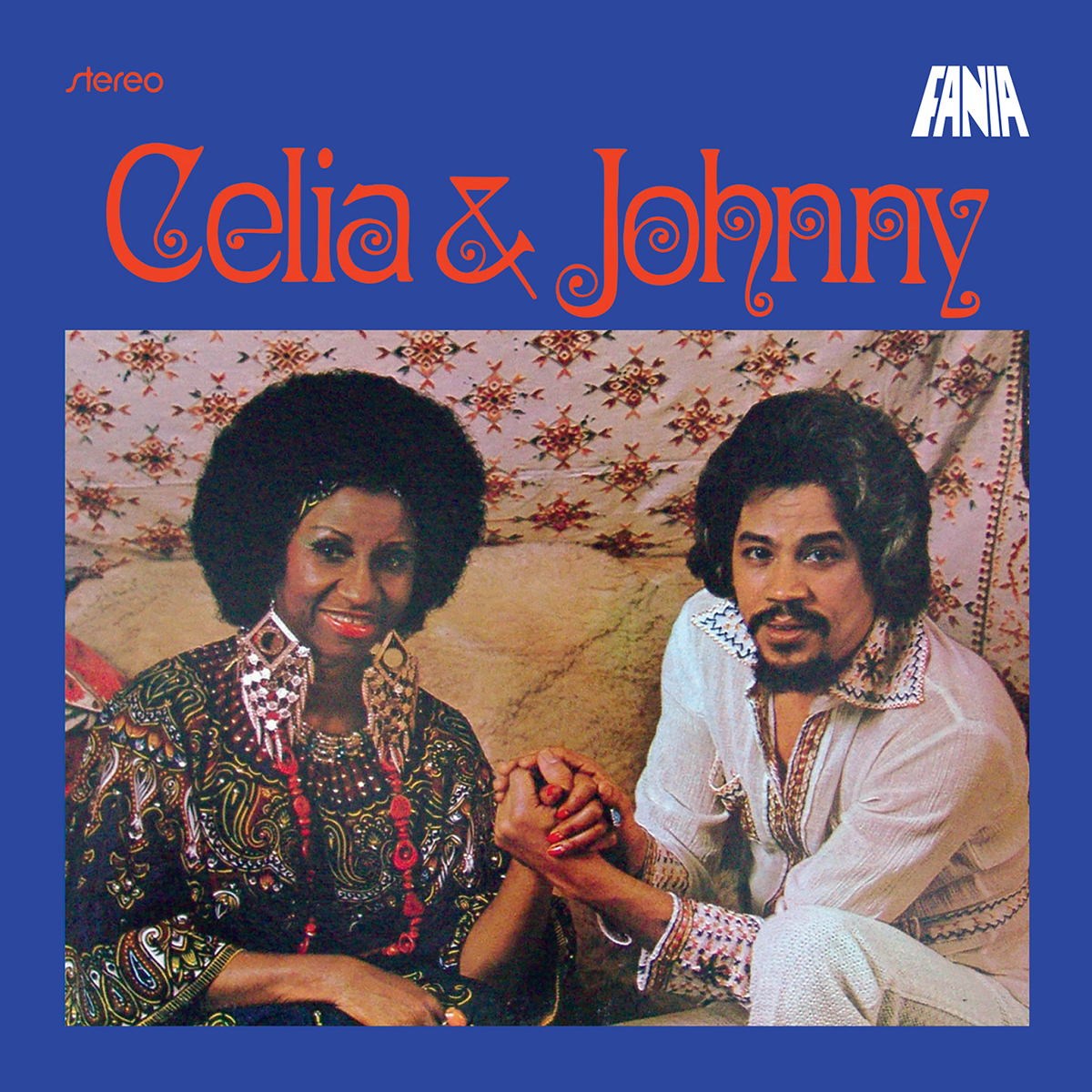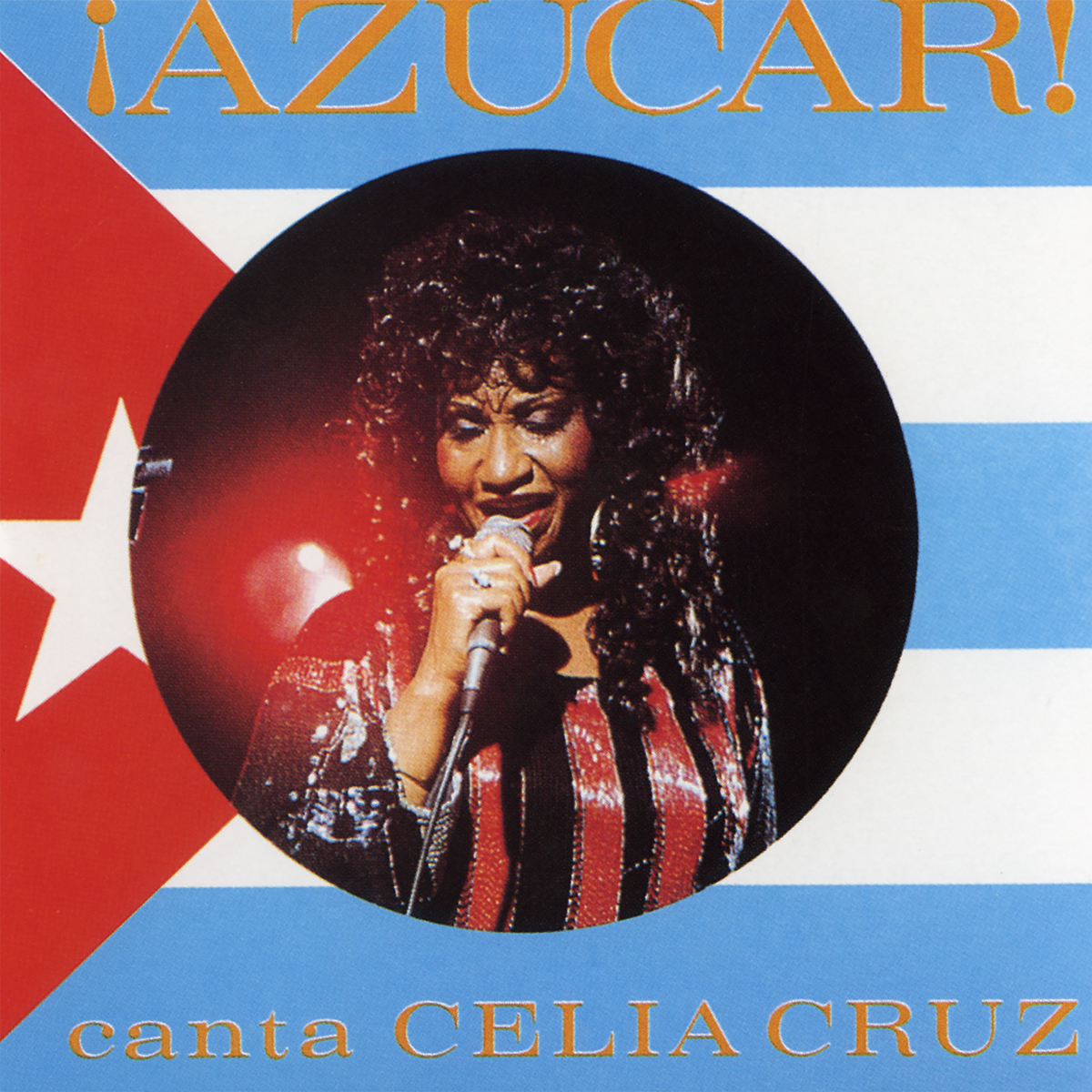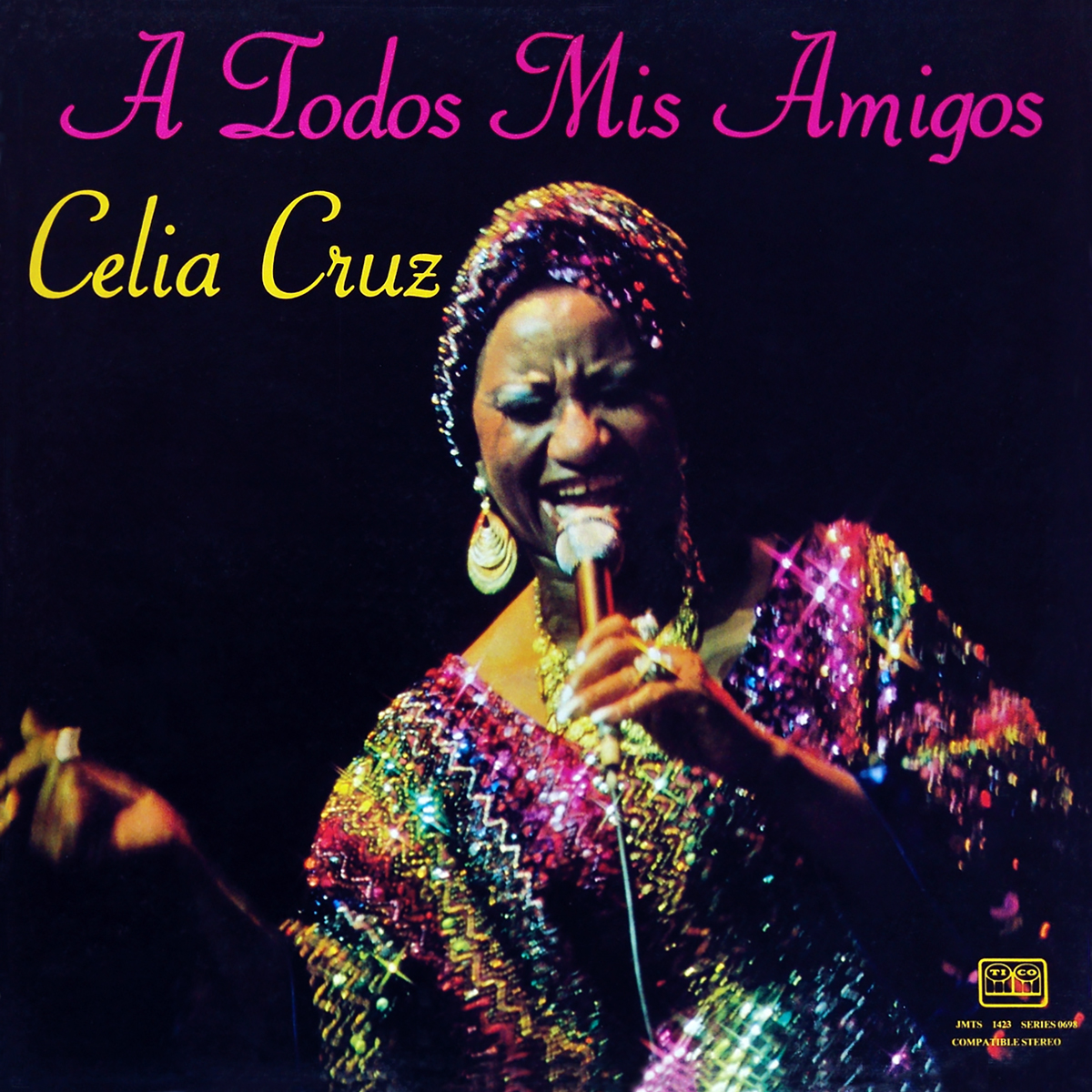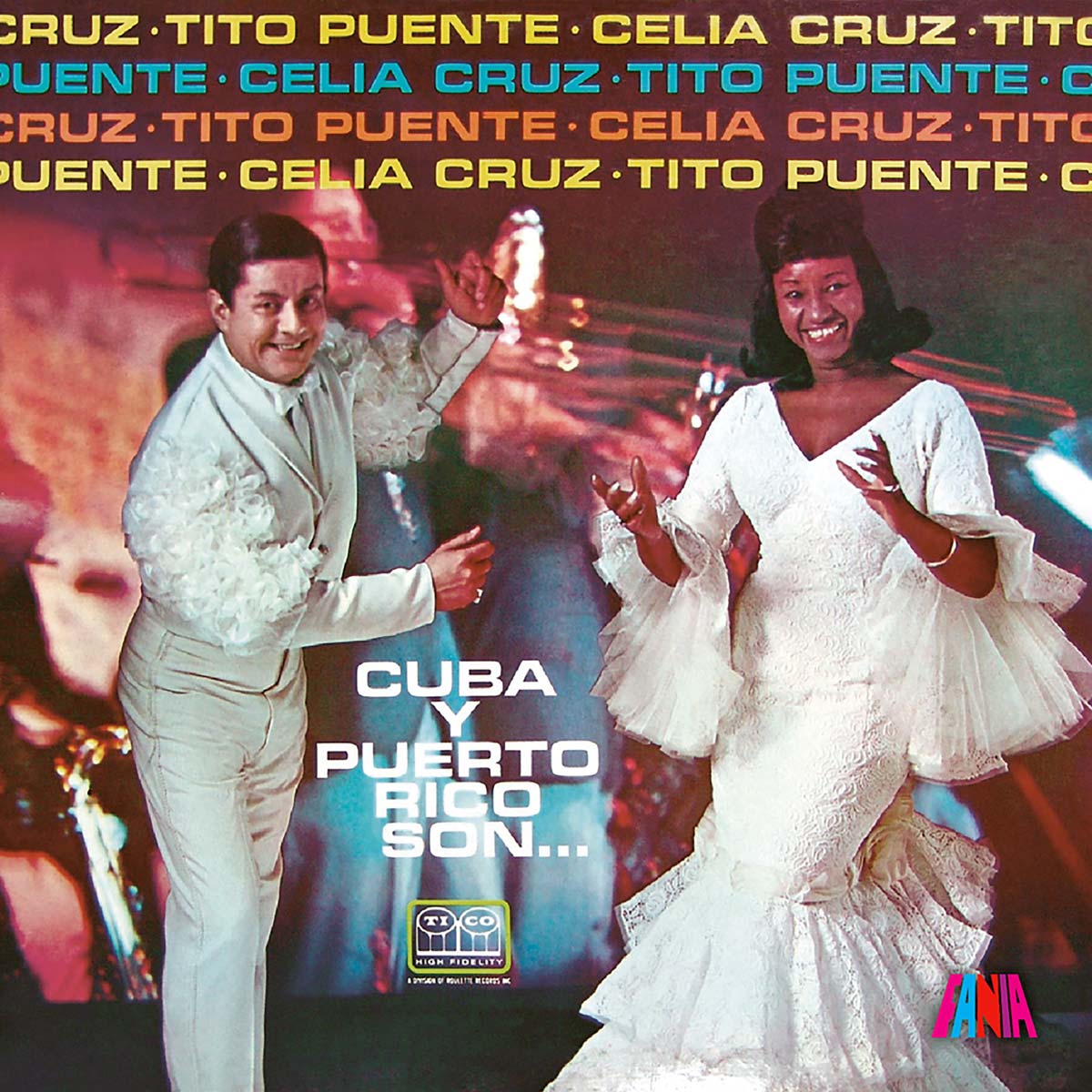
“Cuba y Puerto Rico son…de un pájaro las dos alas…”
“Cuba and Puerto are… the two wings of one bird…”
These prolific words were written by the Puerto Rican poet and revolutionary Lola Rodriguez de Tio in 1893 and speak to the unique cultural, musical and political relationship of the two islands. In 1966, two titanic musical forces from these islands met in a New York City recording studio and produced this album.
Havana-born vocalist Celia Cruz (October 21, 1924-July 16, 2003) began her career after winning a radio talent show and began studying music seriously at the Havana Conservatory of Music soon after. Her soaring voice and ability to improvise in the son style led her to join the legendary Sonora Mantancera where she would meet her future husband, trumpeter Pedro Knight. That 15-year association with La Sonora, along with the band’s many appearances in Mexican films, produced numerous hit recordings and made Cruz a star in Latin America.
East Harlem born and bred, Ernest Anthony Puente, Jr. (April 23, 1923-May 31, 2000) has become the quintessential icon of the Nuyorican. A talented dancer, pianist and drummer in his youth, “Little Ernestito” retained his Caribbean cultural heritage while absorbing the urban hip-ness of the New York jazz scene of the 1920’s and 1930’s. His talents would lead him to work with such musical stars as vocalist Johnny Rodriguez (brother of Tito Rodriguez and the first artist Puente would record with), José Curbelo, who would take him on a short visit to Cuba in the late 1930’s and the legendary Machito and his Afro-Cubans.
After serving in the Navy in World War II, Puente would enter the prestigious Julliard School and continue his musical studies, mastering the art of arranging, composition, conducting, as well as playing the saxophone, clarinet and expanding on his early jazz drum set and timbale skills by becoming proficient on the vibes and marimba. Stints with Jose’ Curbelo and Pupi Campos band as a sideman and arranger prepared him to become a leader in his own right and by 1949 he had a local hit, Abaniquito with his trumpet-based conjunto. By 1951, Puente had created a full-fledged big band by combining the sophisticated arranging techniques and advanced harmonic concepts of the jazz tradition with the complex rhythms of Afro-Cuban music.
It is this mastery of Afro-Cuban music that led Cruz and Puente to meet in Cuba in 1955 for a celebration honoring Cuba’s greatest musical artists. Upon the recommendation of Mario Bauzá, musical director of the Afro-Cubans, Puente was the only non-Cuban invited. In the words of Bauzá, “No one has done more for Cuban music than Tito.”
The meeting of Cruz and Puente opens with vocalist Chivirico Davila’s composition, La Guarachera, a name that would be bestowed on Cruz long before the title “Queen of Latin Music.” The up-tempo mambo/guaracha is given complete Puente treatment with a full brass and saxophone opening, some quirky clave counterpoint leading to the montuno (solo vamp) where Cruz shows that she is vocalist to be reckoned with. It ends with a vocal and timbale dialog that explodes with one of Puente’s most memorable solos.
This album also highlights Cruz’s versatility as a vocalist, singing rock en Español in Mi Desperación, bomba in La Plena Bomba Me Llama and then melancholy bolero guajira-son in Desencanto. Tinicue is a reminder to listeners that Cruz began her recording career singing Afro-Cuban ritual music from the Santeria tradition and this ode to the guardian of the crossroads, Elegua, is a beautiful reminder of that. No Hay Amgios is an up-tempo guaguancó given the Puente big band mambo treatment. Me Acuerdo de Ti which is Cruz’s vocal tribute to her beloved Cuba, is the highlight on this master work. Gustavo Secien’s lyrics are interpreted with raw emotion and remind us that she was an incredible bolero interpreter. “You should have seen Cruz when she sang that tune. The tears that were streaming down her face while she was singing it choked everyone up. It was done in one take,” recalls Joe Conzo (Tito Puente’s publicist).
In addition to the Puerto Rican and Cuban musical styles featured here, so are the musical traditions of Colombia, Venezuela, Spain, Mexico and the Dominican Republic. The album’s musical diversity is a clear testimony to the versatility of Puente and his ability to master various Latin American styles.
The year 1966 signaled the end of an era with the closing of the famed Palladium Ballroom and Birdland – two places where jazz and Afro-Cuban music had flourished. But it was also the year that Puente and Cruz would begin a musical partnership that would endure.
Recorded at National Recording Studios, New York City 1966
Engineered by Fred Weinberg
Produced by Al Santiago and Pancho Cristal
Cover design by Steven Craig Productions
Originally released in 1966 by Tico records
All music arranged and conducted by Tito Puente
Pat Russo, Jimmy Frisaura, Pedro “Puchi” Boulong and Victor Paz – Trumpets
Barry Rogers, Mark Weinstein and Sonny Russo/Jose Rodriguez – Trombones
Jesus Caunedo, Milt Hisler, Al Abreu and Shep Pullman – Saxophones
Frankie Malabe – Congas
Jimmy Centeno and José Mangual – Bongó and Cencerro
Gilbert Lopez – Piano
Bobby Rodriguez – Acoustic Bass –
Tito Puente – musical director, timbales, drumset, vibraphone
Chorus – Felo Brito, Willie Torres, Santos Colon and Tito Puente
All lead vocals – Celia Cruz
Written by Bobby Sanabria


